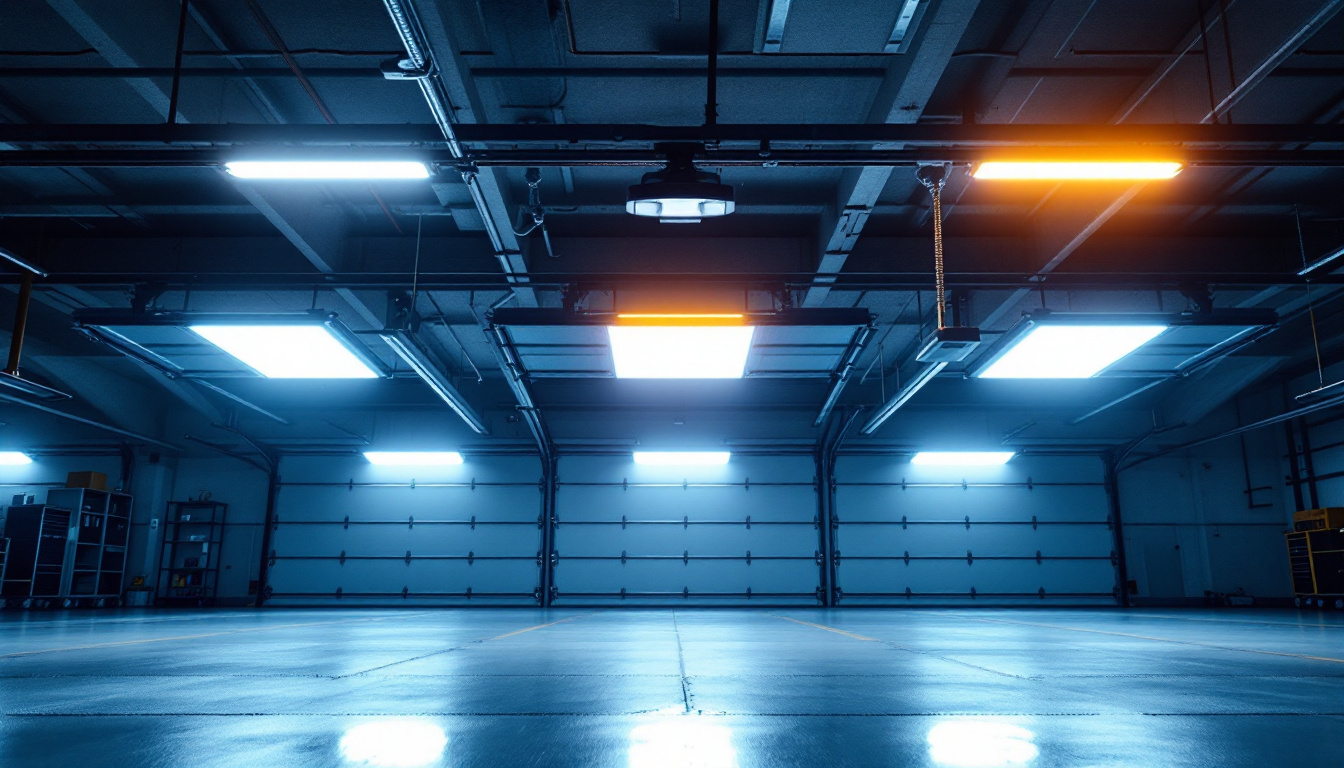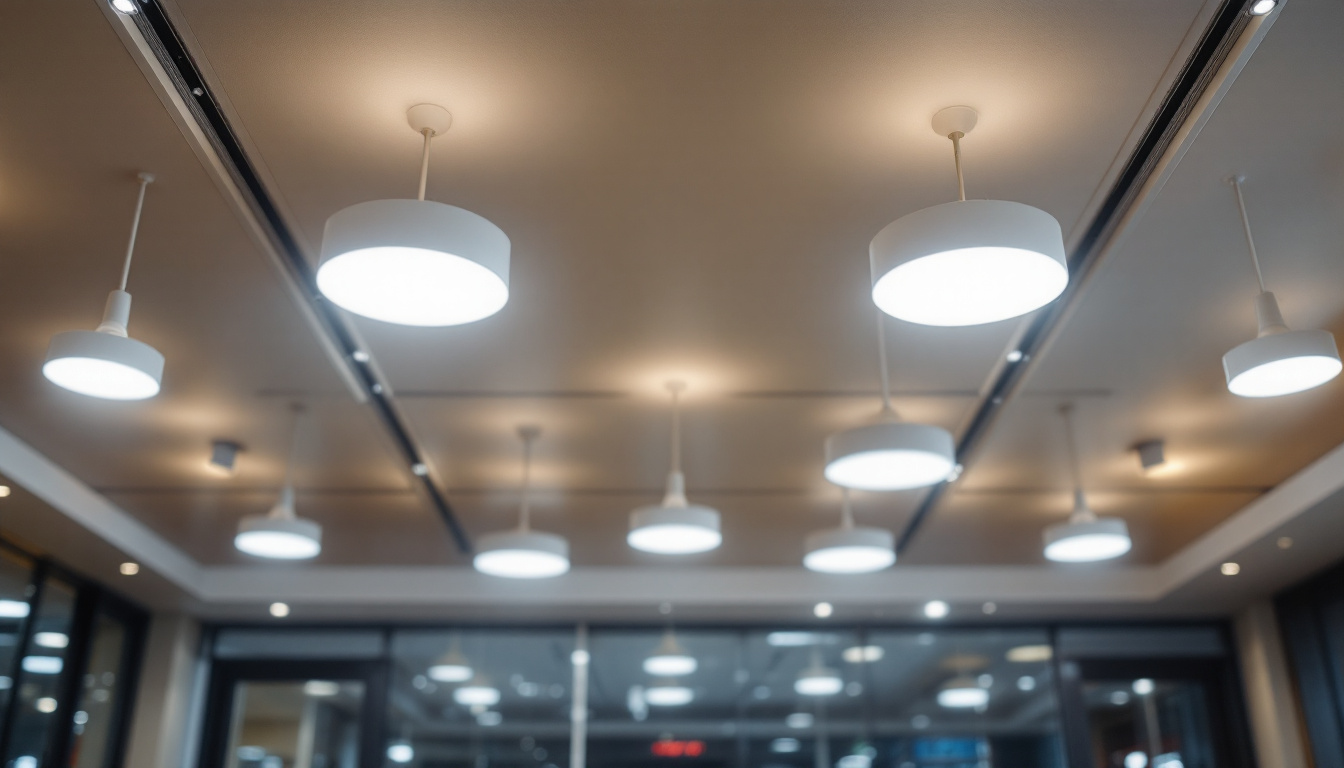
As the demand for sustainable and energy-efficient solutions continues to rise, solar lighting has emerged as a popular choice for outdoor spaces. lighting contractors play a crucial role in this transition, but there are common pitfalls that can hinder the success of solar light installations. This guide aims to highlight these mistakes and provide insights to help contractors enhance their projects and client satisfaction.
Before diving into the common mistakes, it is essential to have a solid understanding of solar lighting technology. Solar lights operate by converting sunlight into electricity, which is then stored in batteries for use during the night. This process involves several components, including solar panels, batteries, and LED fixtures, each playing a vital role in the overall functionality of the system. The efficiency of solar lighting systems can vary significantly based on factors such as geographic location, seasonal changes, and the quality of the components used. For instance, solar panels with higher efficiency ratings can capture more sunlight, leading to better performance and longer-lasting illumination.
Solar lighting systems typically consist of several key components:
Understanding how these components work together is crucial for contractors to avoid mistakes during installation and maintenance. Additionally, the choice of battery type can greatly affect the system’s reliability; for example, lithium-ion batteries tend to have a longer lifespan and better performance in varying temperatures compared to traditional lead-acid batteries. Furthermore, regular maintenance of solar panels, such as cleaning and checking for debris, can significantly enhance their efficiency and longevity.
There are various types of solar lights available, including pathway lights, floodlights, spotlights, and decorative fixtures. Each type serves a different purpose and has specific installation requirements. Familiarity with these variations can help contractors make informed decisions when selecting products for their projects. For instance, pathway lights are designed to provide gentle illumination along walkways, enhancing safety and aesthetics, while floodlights are ideal for illuminating larger areas, such as driveways or backyards. Additionally, decorative solar lights can add a unique touch to gardens and outdoor spaces, often featuring artistic designs that complement the surrounding environment.
Moreover, advancements in solar lighting technology have led to the development of smart solar lights that incorporate motion sensors and remote control capabilities. These innovative features not only improve energy efficiency by ensuring lights are only activated when needed but also enhance security by providing illumination in response to movement. As the market continues to evolve, contractors should stay informed about the latest trends and technologies to offer the best solutions to their clients.
Even experienced lighting contractors can fall victim to common mistakes when installing solar lights. Recognizing these pitfalls can lead to better project outcomes and increased client satisfaction.
A comprehensive site assessment is crucial before installation. Contractors should evaluate factors such as sunlight exposure, shading from trees or buildings, and the overall landscape. Failing to conduct a thorough assessment can lead to poor performance of solar lights, as inadequate sunlight can result in insufficient battery charging.
Additionally, understanding the specific lighting needs of the area is vital. For instance, a garden may require different lighting solutions compared to a pathway. Tailoring the installation to the site’s unique characteristics can significantly enhance the effectiveness of the solar lighting system.
Not all solar lights are created equal. Selecting products that do not meet the specific needs of the project can lead to disappointing results. Contractors should prioritize quality over price, as cheaper options may compromise performance and longevity.
It is advisable to research reputable brands and consult product specifications to ensure that the chosen solar lights can withstand the local climate and provide adequate illumination for the intended purpose. Investing in high-quality products can prevent future maintenance issues and enhance client satisfaction.
Installation techniques play a significant role in the overall performance of solar lights. Common mistakes include incorrect positioning of solar panels, improper wiring, and inadequate securing of fixtures. For instance, solar panels should be angled correctly to maximize sunlight exposure, while fixtures should be securely mounted to prevent movement or damage.
Furthermore, contractors should follow the manufacturer’s installation guidelines closely. Deviating from these instructions can lead to malfunctions and void warranties, resulting in additional costs for both the contractor and the client.
Once the solar lights are installed, ongoing maintenance is essential to ensure their longevity and performance. Many contractors overlook the importance of regular upkeep, which can lead to diminished functionality over time.
Solar panels require regular cleaning to maintain their efficiency. Dust, dirt, and debris can accumulate on the surface, blocking sunlight and reducing energy production. Contractors should advise clients on the importance of cleaning the panels periodically, especially in areas with high pollen or dust levels.
Additionally, the fixtures themselves should be inspected and cleaned to remove any obstructions that may affect light output. Simple maintenance tasks can significantly extend the lifespan of solar lighting systems.
Batteries are a critical component of solar lighting systems and have a limited lifespan. Contractors should educate clients about the signs of battery degradation, such as diminished brightness or shorter operational hours. Regularly replacing batteries can ensure that the solar lights continue to function optimally.
Providing clients with a maintenance schedule can help them stay proactive about the upkeep of their solar lighting systems, ultimately enhancing their satisfaction with the installation.
Design plays a pivotal role in the effectiveness and aesthetic appeal of solar lighting installations. Contractors should consider various design elements to create a harmonious and functional outdoor space.
The layout of solar lights should be carefully planned to achieve the desired illumination levels while enhancing the landscape. A well-thought-out lighting layout can highlight key features, improve safety, and create an inviting atmosphere.
Contractors should consider factors such as the spacing between lights, the height of fixtures, and the angle of illumination. Utilizing a combination of different types of solar lights can create depth and interest in the design.
Solar lights should complement the existing landscape rather than detract from it. Choosing fixtures that align with the overall aesthetic of the outdoor space can enhance visual appeal. For instance, decorative solar lights can add charm to a garden, while sleek, modern fixtures may be more suitable for contemporary settings.
Consulting with clients about their preferences and the intended use of the outdoor space can guide the selection of appropriate lighting designs.
Education is a crucial aspect of ensuring client satisfaction and successful solar lighting projects. Contractors should take the time to inform clients about the benefits and limitations of solar lighting systems.
Clients should be made aware of the numerous advantages of solar lighting, including energy savings, low maintenance requirements, and environmental benefits. By highlighting these benefits, contractors can help clients appreciate the value of their investment.
Additionally, solar lighting can enhance safety and security in outdoor spaces, making it an attractive option for residential and commercial properties alike.
While solar lighting offers many benefits, it is essential to communicate its limitations as well. For instance, solar lights may not provide the same level of brightness as traditional lighting options, and their performance can be affected by weather conditions.
Setting realistic expectations can prevent misunderstandings and ensure that clients are satisfied with the final results. Educating clients about the technology will empower them to make informed decisions regarding their outdoor lighting needs.
The solar lighting industry is constantly evolving, with new technologies and products emerging regularly. Lighting contractors should stay informed about the latest trends to provide clients with the best solutions.
Investing time in research and development can help contractors stay ahead of the curve. This includes exploring advancements in solar panel efficiency, battery technology, and LED innovations. By understanding these developments, contractors can recommend cutting-edge solutions to their clients.
Additionally, attending industry conferences and workshops can provide valuable insights into emerging trends and best practices in solar lighting.
Networking with other lighting professionals can offer opportunities for collaboration and knowledge sharing. Engaging with peers can provide insights into successful projects, innovative products, and effective installation techniques.
Participating in online forums, social media groups, and local trade associations can facilitate valuable connections within the industry.
Solar lighting presents a unique opportunity for lighting contractors to contribute to sustainable practices while enhancing outdoor spaces. By avoiding common mistakes, prioritizing quality products, and staying informed about industry trends, contractors can ensure successful solar lighting installations that meet client expectations.
Ultimately, the key to success lies in thorough planning, effective communication, and a commitment to ongoing education. By embracing these principles, lighting contractors can elevate their projects and play a significant role in the growing solar lighting market.
Ready to take your solar lighting installations to the next level? Choose LumenWholesale for your lighting needs and experience the difference quality makes. Our spec-grade lighting products are designed to meet the highest industry standards, ensuring your projects shine with reliability and performance. With unbeatable wholesale prices and free shipping on bulk orders, you can equip your outdoor spaces with the best lighting solutions without breaking the bank. Elevate your lighting game and discover wholesale lighting at the best value today. Your clients—and their gardens—will thank you.

Discover how LED lighting for garage ceilings is revolutionizing the lighting industry with energy efficiency, durability, and superior illumination.

Discover innovative strategies to future-proof your lighting projects with suspended ceiling light covers.

Discover what sets top lighting contractors apart in LED vertical lights installation.

Discover why ballasts are essential for fluorescent lighting projects.